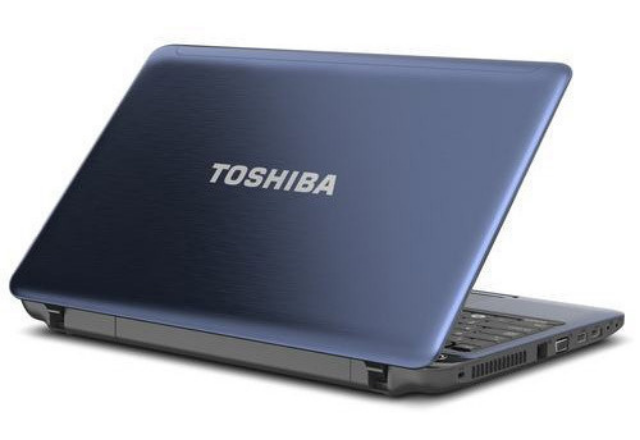Common Toshiba laptop problems:
Laptop won’t turn on: This could be caused by a faulty power adapter, dead battery, or problem with the motherboard.
- Check the power adapter and battery. Make sure that the power adapter is properly plugged in and that the battery is charged. If you have a spare power adapter and battery, try using them to see if that fixes the problem.
- Perform a hard reset. This will drain any residual power from the laptop and may fix the problem. To perform a hard reset, disconnect the power adapter and battery from the laptop. Press and hold the power button for 30 seconds. Then, reconnect the power adapter and battery and try turning on the laptop.
- Check the RAM. If the RAM is not properly seated or is faulty, the laptop may not turn on. To check the RAM, remove the RAM modules from the laptop and reseat them. If you have multiple RAM modules, try using one at a time to see if the problem is with a specific module.
Check the motherboard. If the motherboard is faulty, the laptop will not turn on. To check the motherboard, you will need to take the laptop to a qualified technician.
Laptop is overheating: This could be caused by dust buildup in the fan vents, a blocked fan, or a problem with the cooling system.
- lean the fan vents. Dust and dirt can build up in the fan vents, blocking airflow and causing the laptop to overheat. Use a can of compressed air to clean the fan vents.
- Elevate the laptop. If the laptop is sitting on a flat surface, it may not be getting enough airflow. Try placing the laptop on a laptop stand or other elevated surface.
- Reduce the workload. If you are running multiple programs or demanding applications, the laptop may overheat. Try closing any programs that you are not using and reducing the workload on the laptop.
- Update the BIOS. The BIOS is the firmware that controls the laptop’s hardware. An outdated BIOS may cause the laptop to overheat. Check the Toshiba website for BIOS updates for your laptop model.
- Take the laptop to a technician. If you have tried all of the above and the laptop is still overheating, you may need to take it to a qualified technician to have the cooling system checked.
Laptop is running slow: This could be caused by not enough RAM, a full hard drive, or a virus.
- Avoid using too many startup programs. When you start your laptop, many programs automatically start running in the background. This can slow down the startup process and make your laptop feel sluggish. You can disable startup programs using the Task Manager.
- Disable unnecessary visual effects. Windows has a number of visual effects that can make your laptop look more appealing, but they can also slow down performance. You can disable these effects using the Control Panel.
- Keep your laptop clean. Dust and dirt can build up inside your laptop and block airflow, which can cause it to overheat and slow down. Use a can of compressed air to clean the inside of your laptop regularly.
Keyboard malfunction: This could be caused by a faulty keyboard or problem with the drivers.
- Design: The first step in the manufacturing process is to design the keyboard. This includes creating a 3D model of the keyboard layout and determining the type of materials that will be used.
- Molding: Once the keyboard design is complete, molds are created for the different components of the keyboard, such as the keycaps, baseplate, and scissor switches.
- Injection molding: The plastic components of the keyboard are then molded using the molds that were created in the previous step.
How to fix Toshiba laptop problems:
Laptop won’t turn on: Check the power adapter and battery. If the laptop still won’t turn on, you may need to take it to a repair shop.
Laptop is overheating:Clean the fan vents and make sure the laptop is not sitting on a soft surface that could block the airflow. If the laptop is still overheating, you may need to take it to a repair shop to have the cooling system checked.
Laptop is running slow: Close any programs that you are not using and restart your
 laptop. You may also need to upgrade your RAM or hard drive. You can also try running a virus scan to see if your laptop is infected.
laptop. You may also need to upgrade your RAM or hard drive. You can also try running a virus scan to see if your laptop is infected.
Keyboard malfunction: Try connecting an external keyboard to see if it works. If it does, then the problem is with the internal keyboard. You may need to replace the keyboard or have it repaired by a professional.
Battery draining quickly or not charging: Try calibrating the battery. If the battery is still draining quickly or not charging, you may need to replace it.
